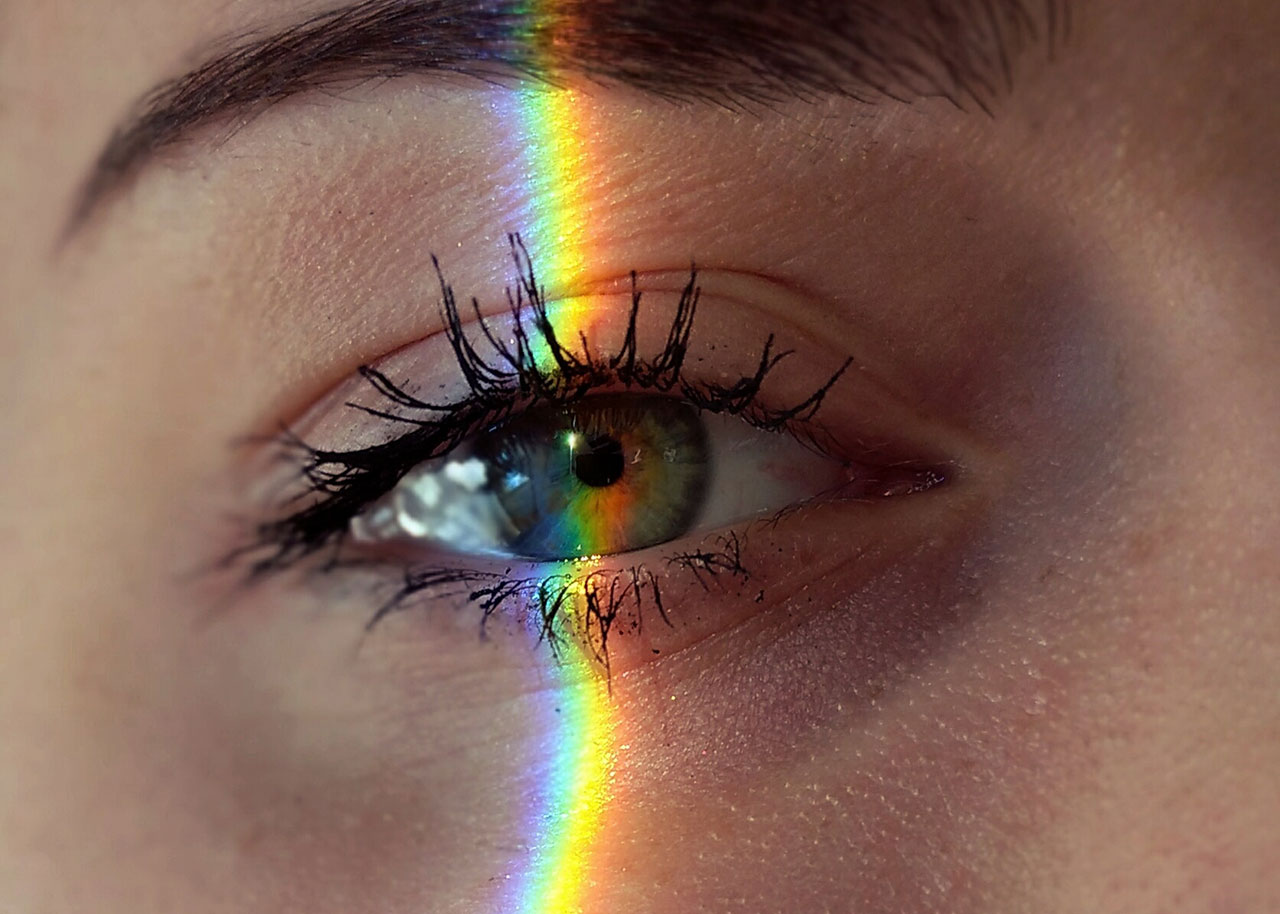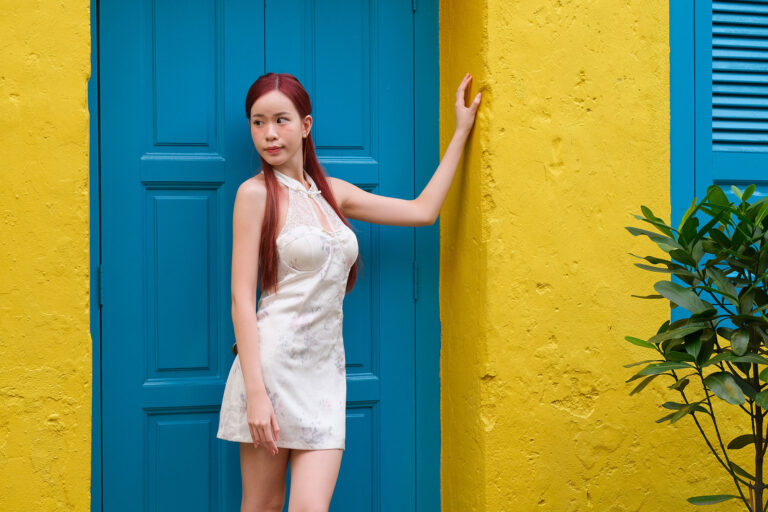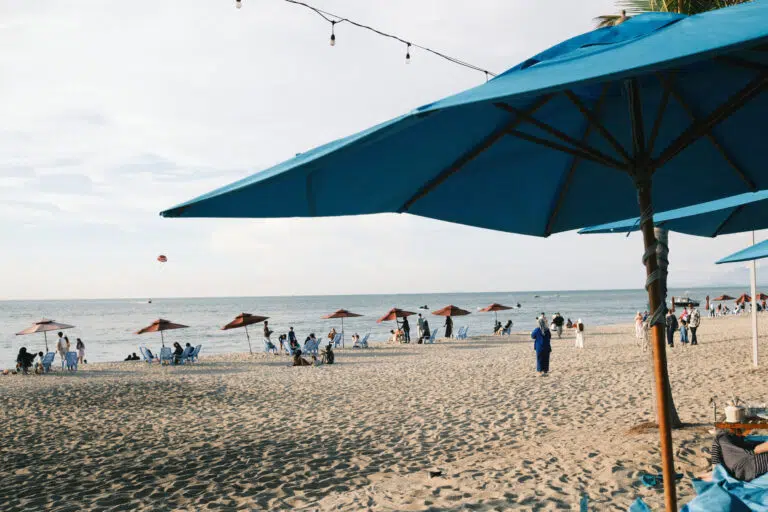If you’re wondering what the best Fuji Film Simulations for portrait shoots are, I’ve compiled a list of the best 5 film recipes for portrait shoots. You’ve come to the right place if you own a Fujifilm X Series camera and enjoy taking still portraits SOOC with film simulation recipes. Learn how to save Fuji custom film recipes on your cameras to expand your film simulation options.
The film simulations are compatible with Fujifilm X series cameras equipped with X-Trans 3 (X-Pro2, X100F, X-E3, X-T2, X-T20, and X-H1) and X-Trans 4 sensors (X-T30, X100V, X-Pro3, X-T4, and X-S10). Thanks to Fujixweekly film recipes, I’ve chosen 5 film simulation recipes that are ideal for portrait shoots.
Fuji film recipes are more than just adding a filter; the Fuji film simulation will replicate your portrait photographs as if they were shot on actual film.
Best Fuji Film Recipes For Portrait
1. Kodak Portra 400
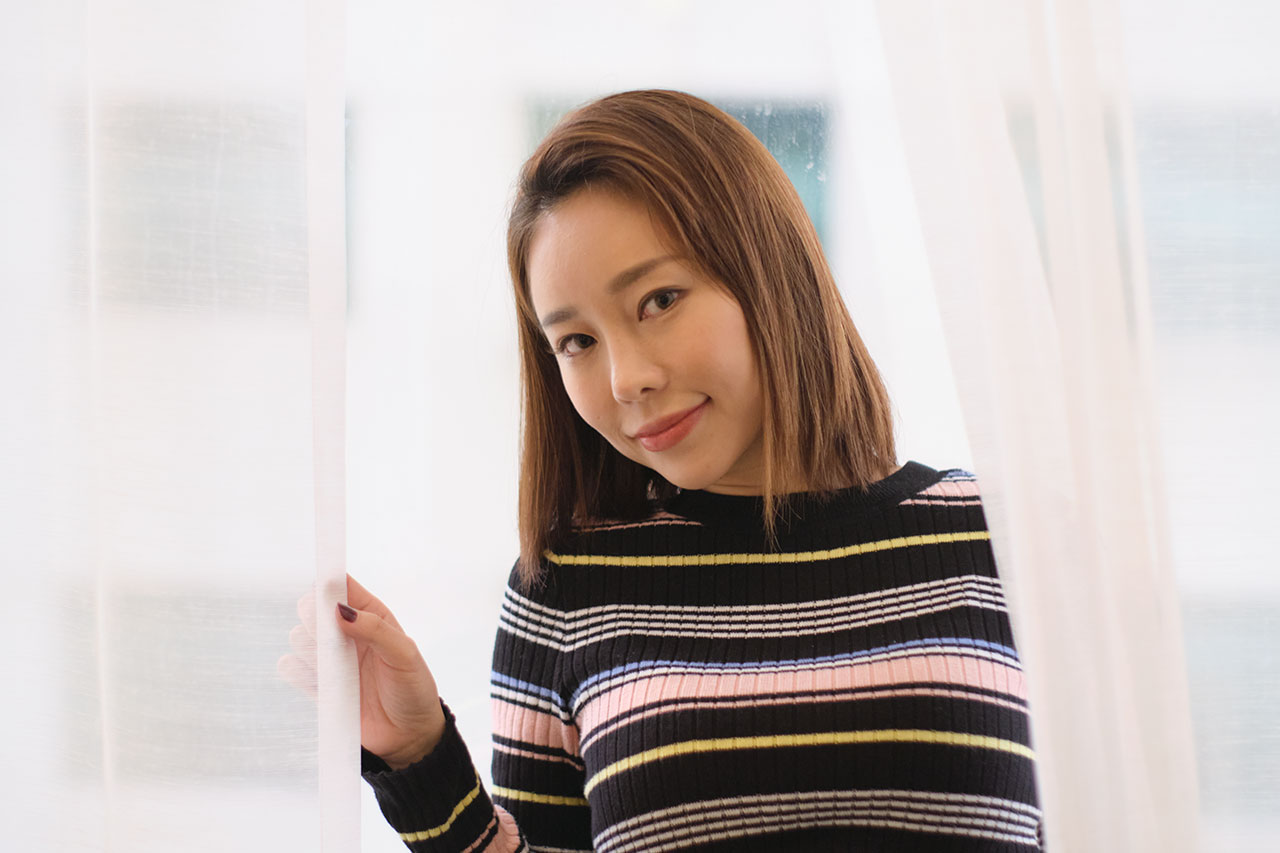
- Classic Chrome
- Dynamic Range: DR-Auto
- Highlight: -1
- Shadow: -1
- Color: +2
- Noise Reduction: -4
- Sharpening: -2
- Grain Effect: Strong
- Color Chrome Effect: Strong
- White Balance: Daylight, +4 Red & -5 Blue
- ISO: Auto, up to ISO 6400
- Exposure Compensation: +2/3 to +1 (typically)
The Kodak Portra 400 formula is best suited for portrait photography during the day, and it also pairs well with the best vintage lenses for stunning tone and bokeh. This portrait film simulation looks great in outdoor lighting and has a vintage colour negative film look to it. If you’ve ever wondered how Instagram photographers shoot still films with retro, glowing, and dreamy cinematic portraits, this film simulation is the best way to replicate the look.
2. Kodacolor
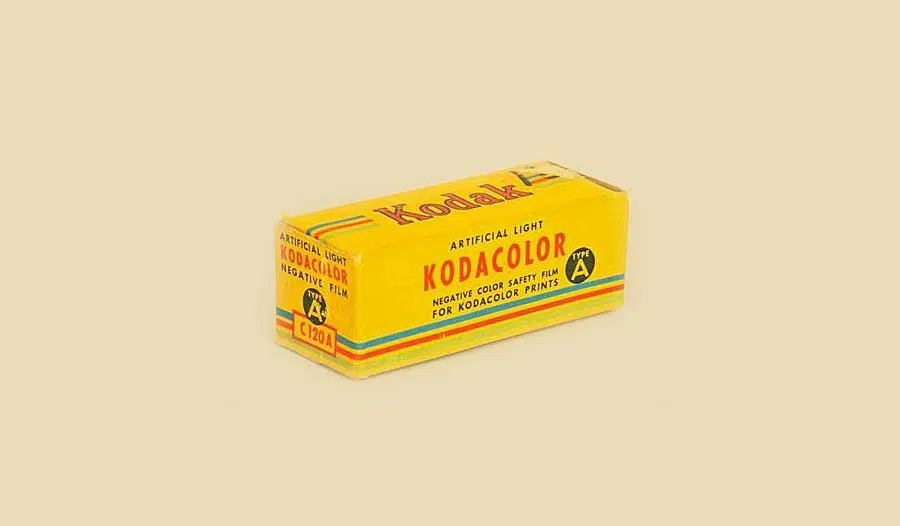
- Classic Chrome
- Dynamic Range: DR400
- Highlight: -1
- Shadow: +2
- Color: -2
- Sharpening: +2
- Noise Reduction: -4
- Grain: Strong
- Color Chrome Effect: Off
- White Balance: 6300K, -1 Red & -4 Blue
- ISO: Auto up to ISO 6400
- Exposure Compensation: +2/3 to + 1-1/3 (typically)
Kodacolor is another popular Fuji film simulation for portrait photography that is compatible with X-Trans 4 cameras. This film recipe is more focused on contrast, especially in the shadows and blacks, and works well in daylight. If you’re planning a fashion or street-style photoshoot, this recipe might be for you.
3. Kodacolor II 126
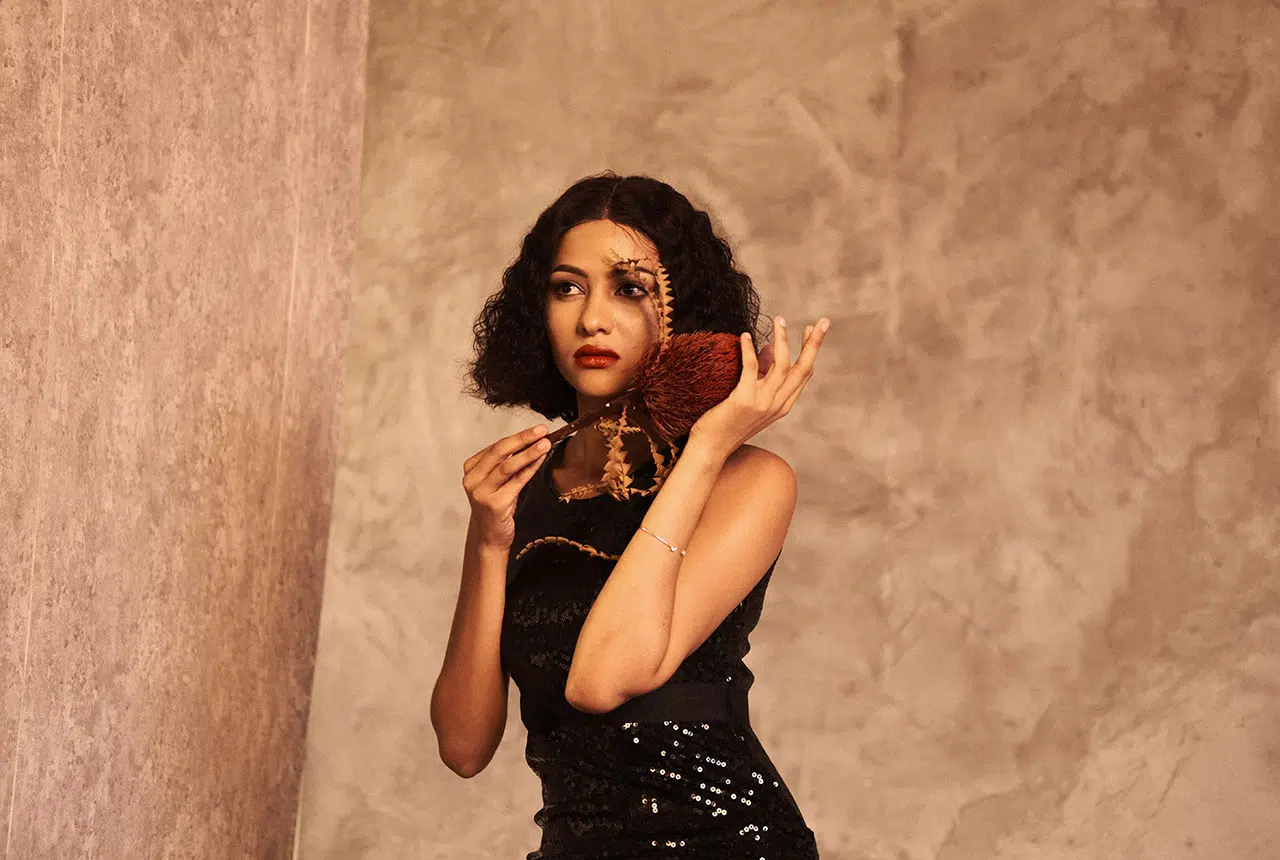
- Classic Chrome
- Dynamic Range: DR200
- Highlight: -1
- Shadow: +3
- Color: -4
- Noise Reduction: -4
- Sharpening: -4
- Grain Effect: Strong
- Color Chrome Effect: Strong
- Image Quality: Normal
- Aspect Ratio: 1:1
- White Balance: 6300K, +6 Red & +3 Blue
- ISO: 3200 – 6400
- Exposure Compensation: 0 to +2/3 (typically)
I used this recipe in the studio and got some really cool behind-the-scenes shots. It produces a gold matte colour look under studio lighting, which is ideal for vintage portrait and fashion shoots.
4. Fujicolor Pro 400H

- PRO Neg. STD
- Dynamic Range: DR200
- Highlight: 0
- Shadow: +3
- Color: +4
- Grain: Weak
- Noise Reduction: -3
- Sharpening: 0
- White Balance: Auto, +2 Red & +1 Blue
- ISO: Auto up to ISO 6400
- Exposure Compensation: +2/3 to +1 (typically)
Fujifilm appears to have ceased production of Fujicolor Pro 400H negative film, but there is a custom recipe created by Fujixweekly that can be used for a portrait shoot. Also, check out my latest creation of the Fuji Pro 400H portrait version.
5. Nostalgic Negative

- Classic Chrome
- Dynamic Range: DR200
- Highlight: -1
- Shadow: 0
- Color: +4
- Noise Reduction: -4
- Sharpening: 0
- Clarity: -5
- Grain Effect: Weak, Large
- Color Chrome Effect: Strong
- Color Chrome Effect Blue: Strong
- White Balance: Auto, +3 Red & -5 Blue
- ISO: Auto, up to ISO 6400
- Exposure Compensation: +1/3 to +1 (typically)
This Nostalgic Negative custom film simulation is used for the newer Fujifilm GFX100S, but this new custom recipe, stored under custom settings, is also suitable for X-Trans 4 cameras. In 2021, Nostalgic Negative has become one of the most popular film simulations among Fujifilm camera users. You can easily select the Fujifilm film simulations you want to use by pressing a button on the back of the X-Series camera bodies you’ve set up on the camera.
What Are Your Favorite Film Simulation Recipes for Portrait?
So I’ve compiled a list of the 5 best Fuji film recipes for portraits, as well as a list of travel film recipes and street film recipes, depending on your photography needs. For portraits, I prefer to use Kodak Portra 400, one of the vintage film recipes, my custom Retro Allure, or Pro Neg Hi, which is available on my X-T30.
Have you been looking through your old still images but aren’t sure what to do with them? Why not do something special for your clients if you are a portrait photographer? You can use Photobook to print still images on a high-quality Premium Layflat photobook for any occasion, such as weddings, birthdays, travel portraits, and so on.
Which of these portrait film recipes is your favourite? Have you used any of the above-mentioned custom film simulations for your portrait shoot? I hope this post has helped you choose the best custom film recipes for portrait photo shoot projects or Instagram photos. Please feel free to share it in the comments section below, and have fun shooting!
You might also want to try these Fujifilm recipes for portraits:

